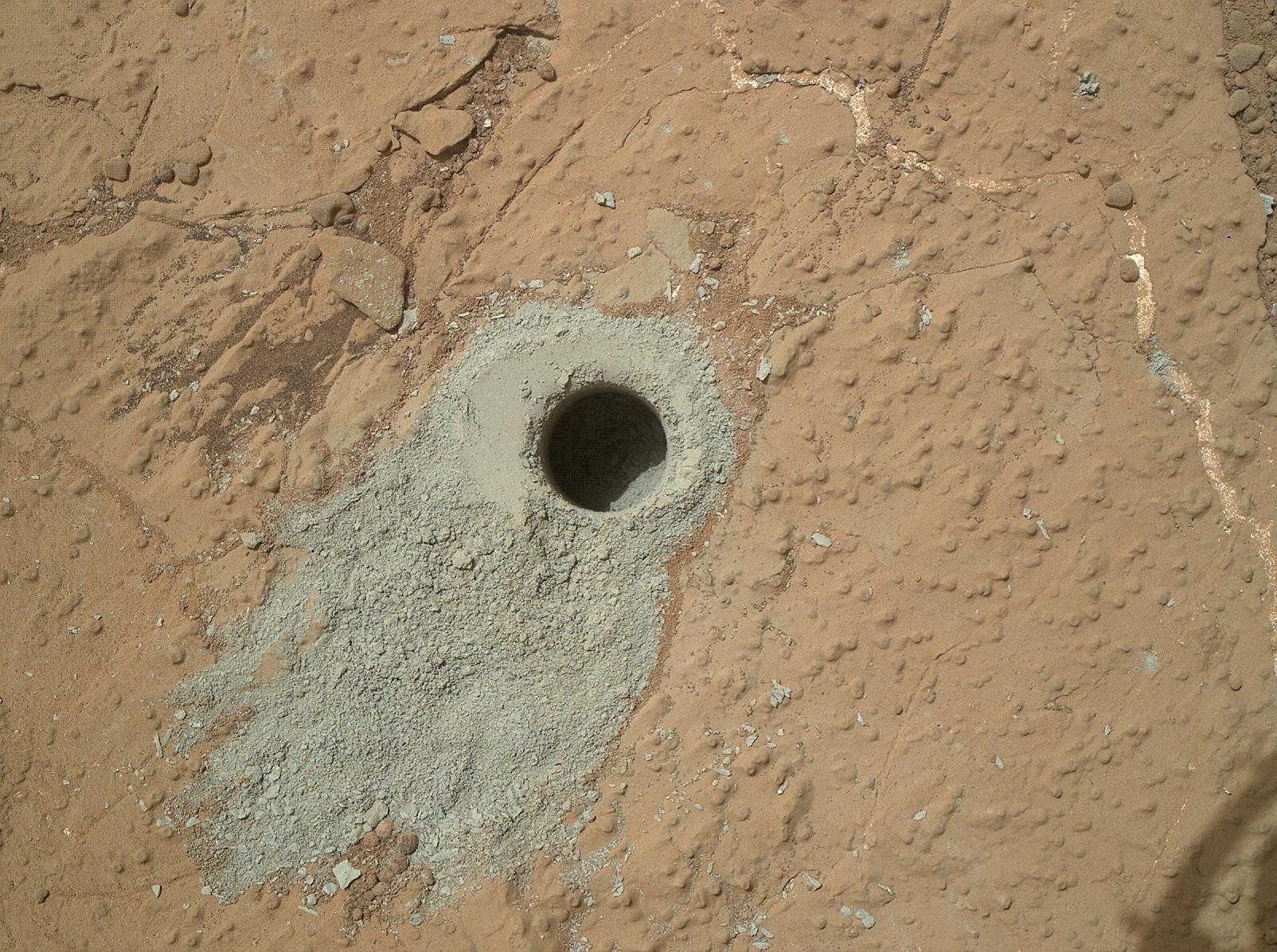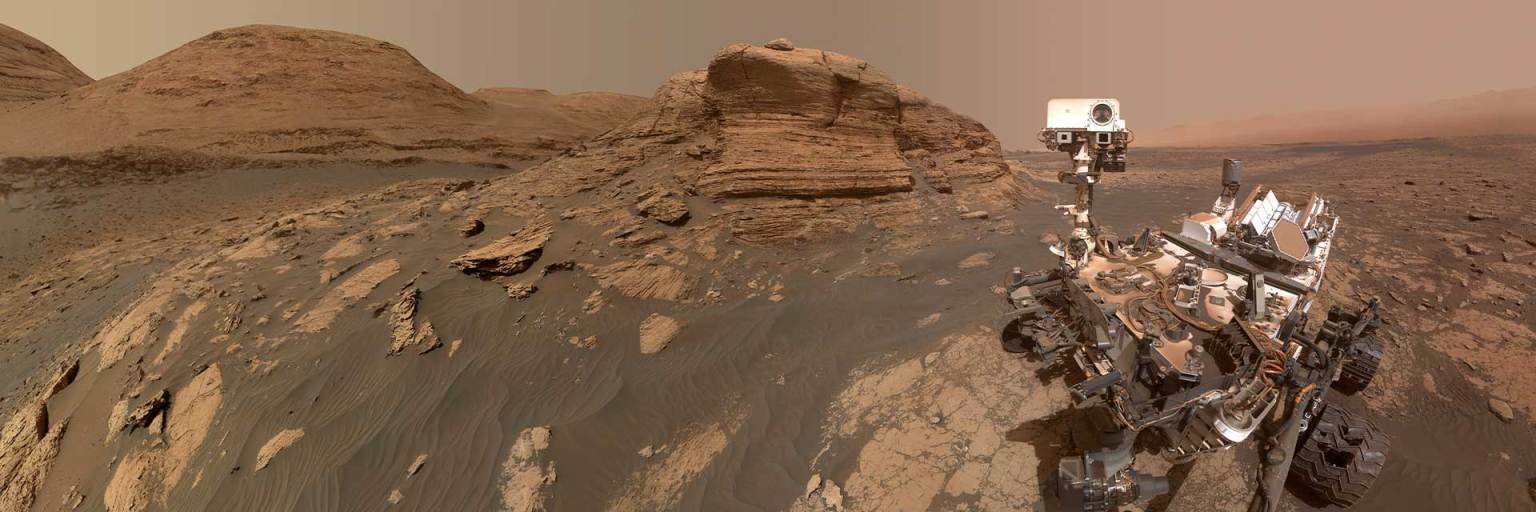Mars Science Laboratory: Curiosity Rover
Science Highlights
With over a decade of exploration, Curiosity has unveiled the keys to some of science's most unanswered questions about Mars.
Curiosity Finds Evidence of Persistent Liquid Water in the Past
Just after landing, Curiosity found smooth, rounded pebbles that likely rolled downstream for at least a few miles in a river that was ankle- to hip-deep. When Curiosity reached Mount Sharp, the team found that over 1,000 vertical feet of rock formed originally as mud at the bottom of a series of shallow lakes. Rivers and lakes persisted in Gale crater for perhaps a million years or longer.
Mars is a Suitable Home for Life
The Curiosity rover found that ancient Mars had the right chemistry to support living microbes. Curiosity found sulfur, nitrogen, oxygen, phosphorus and carbon--key ingredients necessary for life--in the powder sample drilled from the "Sheepbed" mudstone in Yellowknife Bay. The sample also reveals clay minerals and not too much salt, which suggests fresh, possibly drinkable water once flowed there.
Organic Carbon Found in Mars Rocks
Organic molecules are the building blocks of life, and they were discovered on Mars after a long search by the Sample Analysis at Mars (SAM) instrument in several samples drilled from Mount Sharp and the surrounding plains. The finding doesn't necessarily mean there is past or present life on Mars, but it shows that raw ingredients existed for life to get started there at one time. It also means that ancient organic materials can be preserved for us to recognize and study today.
Present and Active Methane in Mars’ Atmosphere
The Tunable Laser Spectrometer within the SAM instrument detected a seasonally varying background level of atmospheric methane and observed a ten-fold increase in methane over a two-month period. The discovery of methane is exciting because methane can be produced by living organisms or by chemical reactions between rock and water, for example. Which process is producing methane on Mars? What caused the brief and sudden increase?
Radiation Could Pose Health Risks for Humans
During her trip to Mars, Curiosity experienced radiation levels that would exceed NASA's career limit for astronauts, if left unshielded. The Radiation Assessment Detector (RAD) instrument on Curiosity found that two forms of radiation pose potential health risks to astronauts in deep space. One is galactic cosmic rays (GCRs), particles caused by supernova explosions and other high-energy events outside the solar system. The other is solar energetic particles (SEPs) associated with solar flares and coronal mass ejections from the sun. NASA will use Curiosity's data to design missions to be safe for human explorers.
A Thicker Atmosphere and More Water in Mars’ Past
The SAM instrument suite has found Mars' present atmosphere to be enriched in the heavier forms (isotopes) of hydrogen, carbon, and argon. These measurements indicate that Mars has lost much of its original atmosphere and inventory of water. This loss occurred to space through the top of the atmosphere, a process currently being observed by the MAVEN orbiter.



































